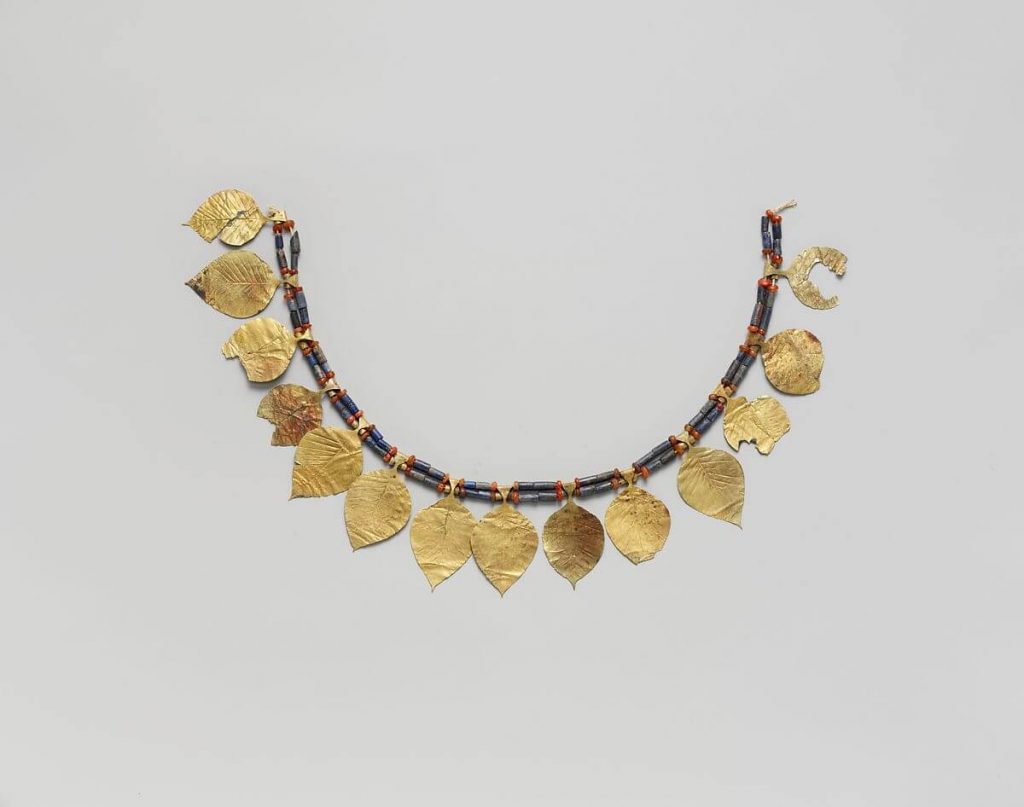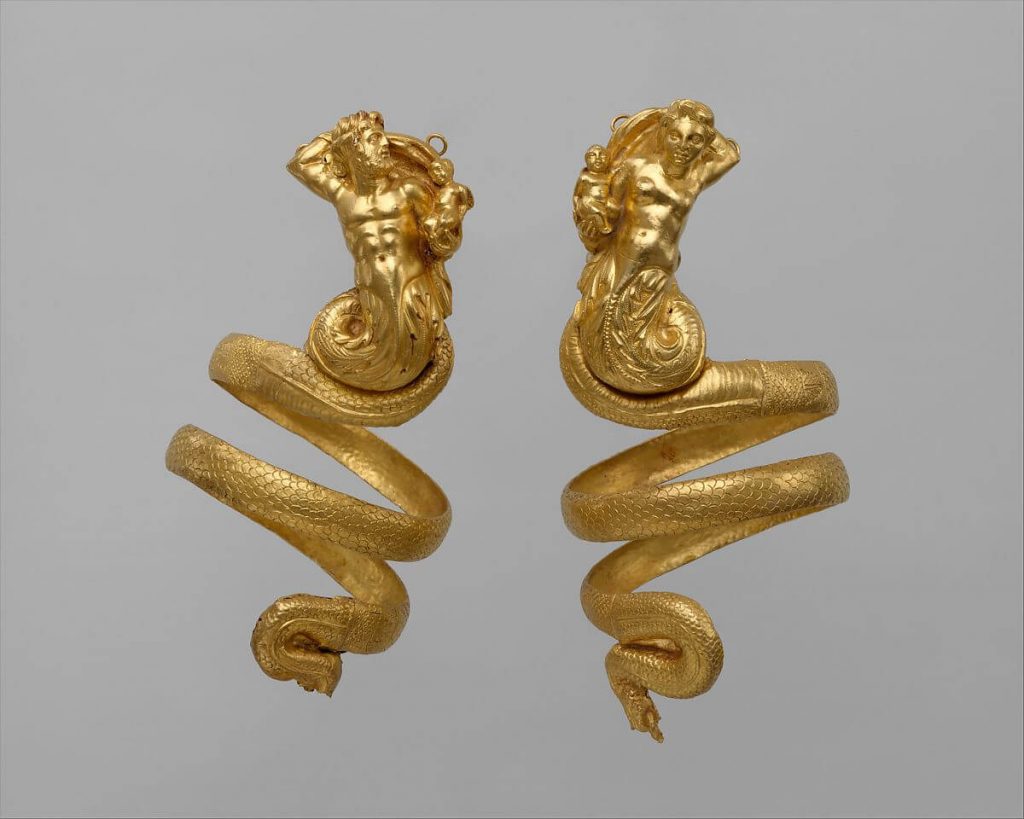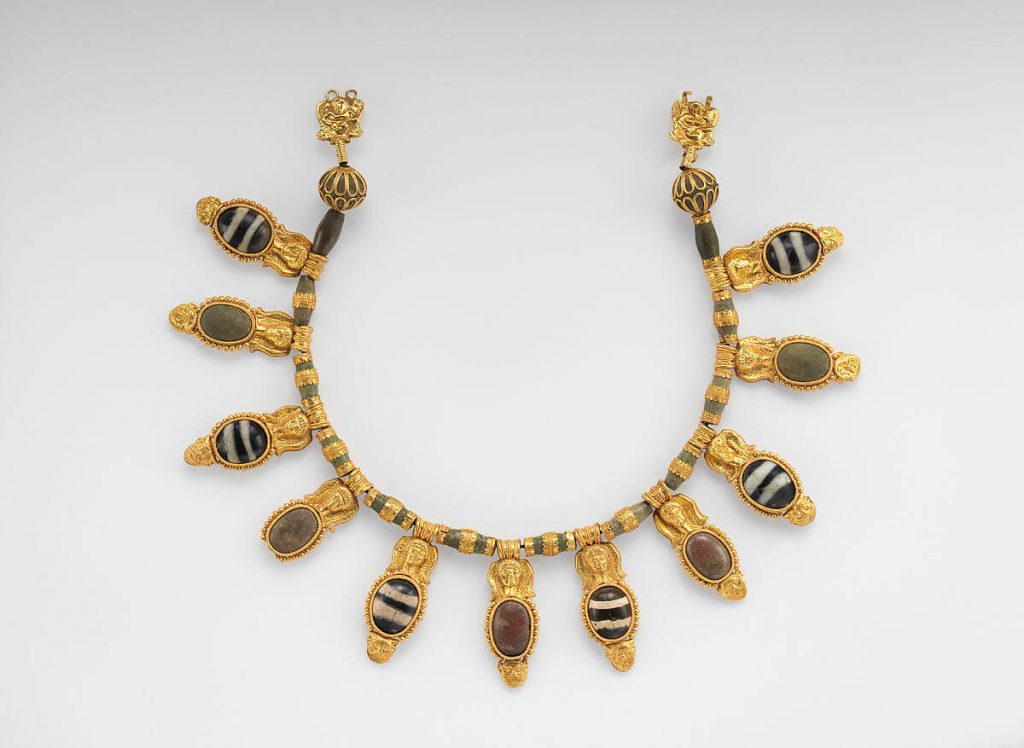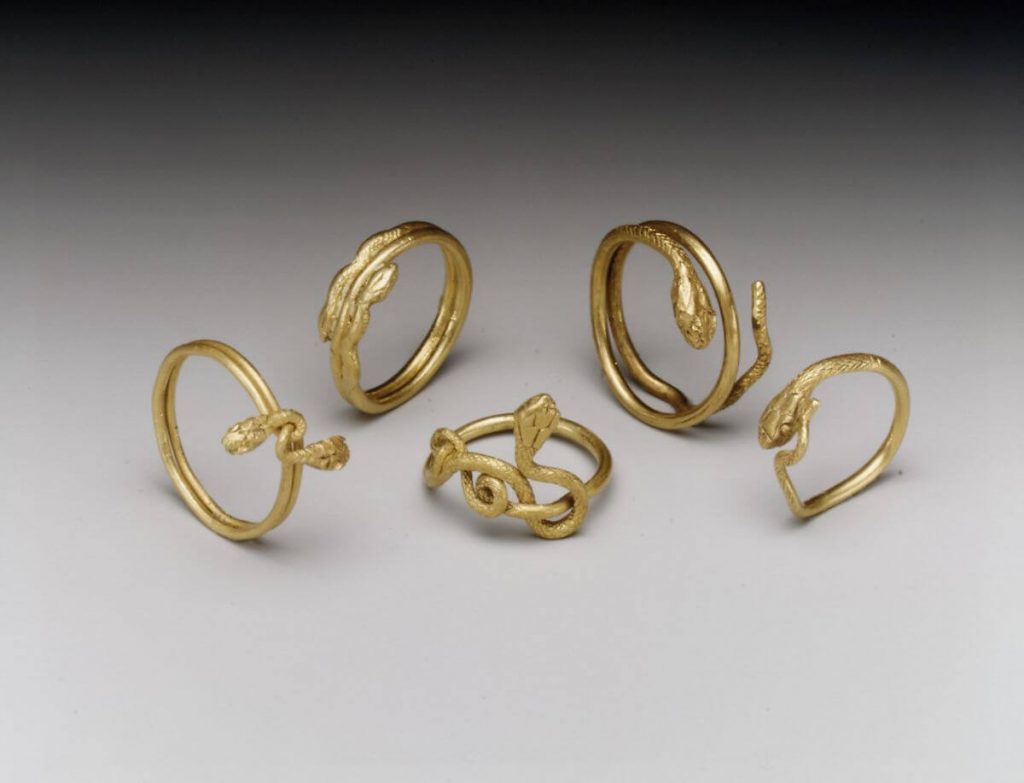As people’s quality of life gets better and better, and as their age and experience increase, more and more ladies are beginning to develop a strong interest in jewelry.
Jewelry has a magical magic for women, and even many people are keen to collect them instead of wearing them. With the development of society and culture, more and more jewelry brands are beginning to enter everyone’s field of vision. When choosing jewelry, you only care about the design and material of the jewelry. Of course, this is a very common practice. But to become a true jewelry collector, it is necessary to understand the history behind jewelry.
Jewelry is the oldest form of decorative art and has met the needs of human self-dressing throughout the long history. Throughout the history of jewelry, with the change and development of cultural background, the craftsmanship and aesthetics of jewelry are constantly improving.
Among them, the history of European jewelry occupies a very important position, so we start from here to understand the story behind the jewelry, it will be a good choice.
1. Sumerian civilization
The Sumerians have mastered the superb gold and silver casting technology, relief design and inlay technology. The jewelry of the Sumerian period showed a naturalistic style, mostly in the shape of leaves and flowers; in addition, Sumerians loved gold very much and had mastered the superb metalworking technology.
2. Ancient Egypt
During this period, agate, amethyst, garnet, lapis lazuli, jasper and turquoise were the favorite natural materials of the Egyptians, and the use of silver in metal materials was also more common. The Egyptians were not only extremely imaginative and creative, but also masters of color. Because the Egyptians were influenced by religious beliefs, a large number of ornaments at that time were used as shields against evil spirits.
3. Ancient Greece
In terms of materials, the early Greeks tended to use a large amount of gold, and later began to use colored gemstones, mainly including emeralds, pearls, garnets and so on. At the same time, enamel derived from the Mycenae civilization began to appear in jewelry. Ancient Greece’s maritime trade is developed and the art culture is inclusive, which also makes its artistic style show diversity.
4. Etruscan
Etruscan jewellery is rich in production, skilled and many varieties. The metal particle process is very good in the decoration process. The particles are not only represented by some simple decorations, but the overall scene is depicted by contour granulation, or the opposite way is used, that is, the background uses metal bead technology and the main body No image. In other words, the entire surface is covered with “fine-grained gold powder”. The Etruscans love color, and the gold beads on their necklaces are often made of fine metal beads.
5. Ancient Rome
Many aspects of early Roman jewelry were the continuation of ancient Greece, but at the same time, they were gradually influenced by Etruscan and Western Asia, and gradually evolved into their own unique style. Most of the jewelry admires natural simplicity, and the painstaking work in processing gold Less, emphasizing gems and semi-precious stones.
At the same time, the Romans inherited the gold carving technology of West Asia and developed it into a process called “carving fine work”, which is to engrave gold with small chisels.
6. Byzantium
In the early days of Byzantium, because of the religious beliefs of this period, the jewelry had a clear Christian style. The exaggerated design and gorgeous gold inlay make the jewelry look very luxurious and precious colored gemstones as a popular element of Byzantine jewelry to cater to the aesthetic art of various periods. Although there are many similarities with the jewelry style of the Roman period, but not just imitating, but introducing new decoration methods and new technical means: for example, a new style of colored porcelain jewelry appeared. In addition, in terms of the importance of decorative materials, gemstones surpass gold and occupy a dominant position.
7. The Middle Ages
With the demise of the Western Roman Empire, humanity entered the dark middle ages. The Christian Church began a long rule of ideology and civilization that had been imprisoned for 1,000 years. In the 13th century in Europe, a law restricting the wearing of jewelry by civilians began. This was when the ruling class wanted to use jewelry to distinguish the social hierarchy. Two hundred years after this, the era of precious royal jewellery began, and a lot of unique imperial crown.
Medieval jewelry is dominated by religious themes, and the materials are mainly gold, silver and enamel. Not many gems are used. Jewelry was not used to dress up at the time, but to participate in important celebrations. Necklaces, bracelets and other accessories almost disappeared at the time because of the “cannot show neck and shoulders” rule.
8. Renaissance
During the Renaissance, craftsmanship began to develop, and fine carvings and complicated and gorgeous are no longer the patents of religions and gods. At this time, the appearance of gold carvings, jewelry making, lace and ribbons have brought endless inspiration to the later jewelry industry. .The Renaissance liberated the ideological shackles since the Middle Ages, in this period of culture and art blooming. At the same time, the Renaissance has also had a significant impact on the development of European jewelry. Many Renaissance jewelry has a strong sense of the times. This may be the most beautiful day in the history of jewelry.
9. Baroque
Baroque jewelry is famous for its bold imagination and exaggerated shapes. Huge gemstones form a luxurious style, and are good at using luxurious diamonds, pearls and various precious stones.
10. Rococo
Rococo’s necklace technology pays more attention to the color matching of gemstones. They spend their energy on the arrangement of gemstones and the insertion of metal floral patterns. Moreover, in the Rococo era, small gems were wrapped around the large gems, green with red, red with blue, or emerald with diamonds and pearls, which brought the conflict between colors to the extreme.
11. Victoria
The jewelry art of Victorian period has the style characteristics of luxurious modeling, advocating retro and emphasizing emotional expression. Its style is formed under the combined influence of many factors such as economy, ideological trend, colonial expansion, and royal trend. The jewelry art in this period far surpassed the previous generation, and the design ideas, design materials, and production methods were continuously innovated, becoming a peak in the history of jewelry.
12. Art Nouveau
Natural themes have been widely used in jewelry design during this period. Natural life such as orchids, lilies, irises, butterflies, dragonflies and even octopuses, lizards and snakes are all-encompassing, plus the graceful figure of the figure, rejuvenated with vitality The vast world. Its aesthetic interest implies some decadent sentiments at the end of the century and the relentless pursuit of hand-made.
13. Edward
The Edwardian period is the third important period in antique jewelry. Jewelry of this period is integrated into a complicated lace edging style, showing the gorgeous and meticulous palace style. The wave-like dynamic shape has the meaning of paying tribute to the aesthetics of the emerging bourgeoisie.
14. Art Deco
The form of Art Deco does not simply mean simplification, but more linear and fluid. Large gemstones are replaced by small gemstones, and brightly cut diamonds are favored. This free sensibility is similar to the fashion changes of modern women. After the Art Deco, women prefer structural parts, and ear clips and double clip brooches have become popular.











